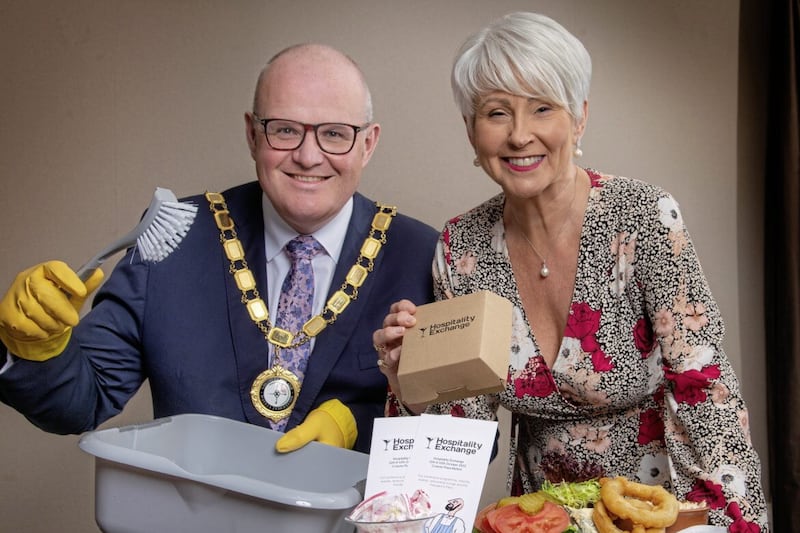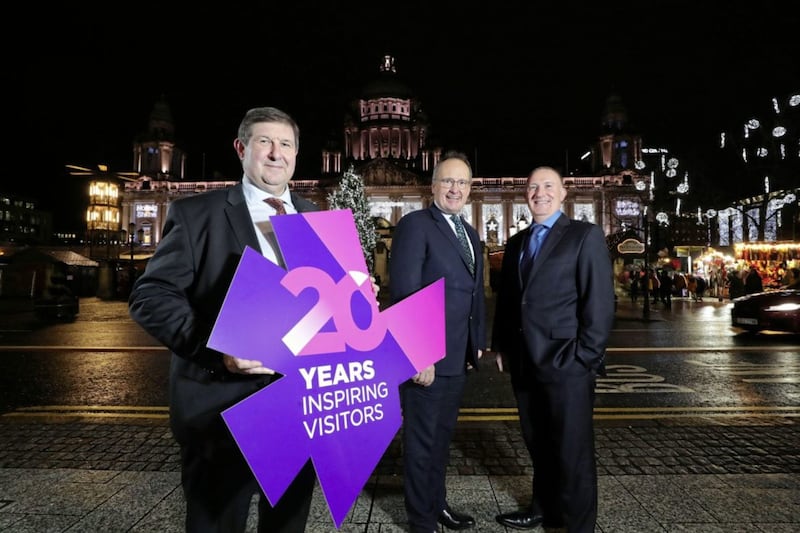IT is barely conceivable that the best year on record for tourism in Northern Ireland would be followed by a pandemic that would lead to deserted skies, deserted streets and total lockdown. It is more the storyline from a film script than reality and yet, we have been living with its consequences for 18 months.
The lifting of lockdown for the industry on May 24 kick-started a very strong summer season but as we enter the Autumn the question must be, is the worst now behind us?
Hopefully it is, but there is a legacy from the pandemic that we are now left to deal with challenges lie ahead:
:: Staffing - this is a problem currently facing most industries. There just are not enough people in the work pool to satisfy the number of vacancies. Brexit and uncertainty regarding future lockdowns led many to leave tourism and hospitality, adding pressure on those that remain. Inevitably, this will force up wage rates as employers try and resolve their own shortages;
:: Product costs - higher demand means higher material costs and out of synch supply lines and resource constraints have made a difficult situation worse. Brexit has also played its part by making the importation of goods complex and overly costly in some cases;
:: Energy costs - in an industry which relies heavily on utilities, the very recent and significant increases in fuel prices will add operating costs during the peak period of use;
:: VAT increase - some might argue that the industry has benefitted from a low VAT rate since July 2020, but it has been closed for nearly half of that period, so the benefit is not as high as may be perceived. Just as it is getting back on its feet, the VAT rate moved to 12.5 per cent from October 1 and is due to revert to 20 per cent from April 2022. In an environment where there is significant upward pressure on costs, there is also the risk of downward pressure on income unless the industry adjusts its pricing to mitigate the VAT rate increase;
:: Ongoing restrictions - tourism and hospitality businesses still operate under a range of restrictions which limits capacity - other industries have had such restrictions removed, so it is time to do the same for tourism and hospitality businesses in Northern Ireland;
:: Loans, tax and VAT - those that availed of CBILS or CLBILS and took advantage of VAT or tax payment deferrals, will now be making repayments - as we move towards the low season, those repayments could become a burden. If you are not already doing so, make sure you have detailed and regularly updated cash-flow forecasts based on expected trading and recognising the cost pressures you now face - this is the only way to navigate this problem;
While the industry has had strong support from the UK Government, the Assembly and its customers, it was also closed for an average of 135 days in 2020 and for 143 days so far in 2021. That support has helped many businesses survive, but all have either lost money, seen profits slashed and burned through cash reserves.
So, while we can celebrate the strong return to trading, we have a difficult winter ahead and the spring of 2022 remains uncertain. Given that business resilience has been massively diminished, there is a clear argument for continued industry support.
Let's not forget that overnight tourism spend in Northern Ireland exceeded £1bn in 2019 - it can only return to that level quickly, if current businesses and their associated infrastructure survive until normal trading returns.
:: Michael Williamson (michael.williamson@asmbelfast.com) is a speaker at Hospitality Exchange (www.hospitalityexchange.org.uk) on October 12 & 13 at Crowne Plaza Belfast.








